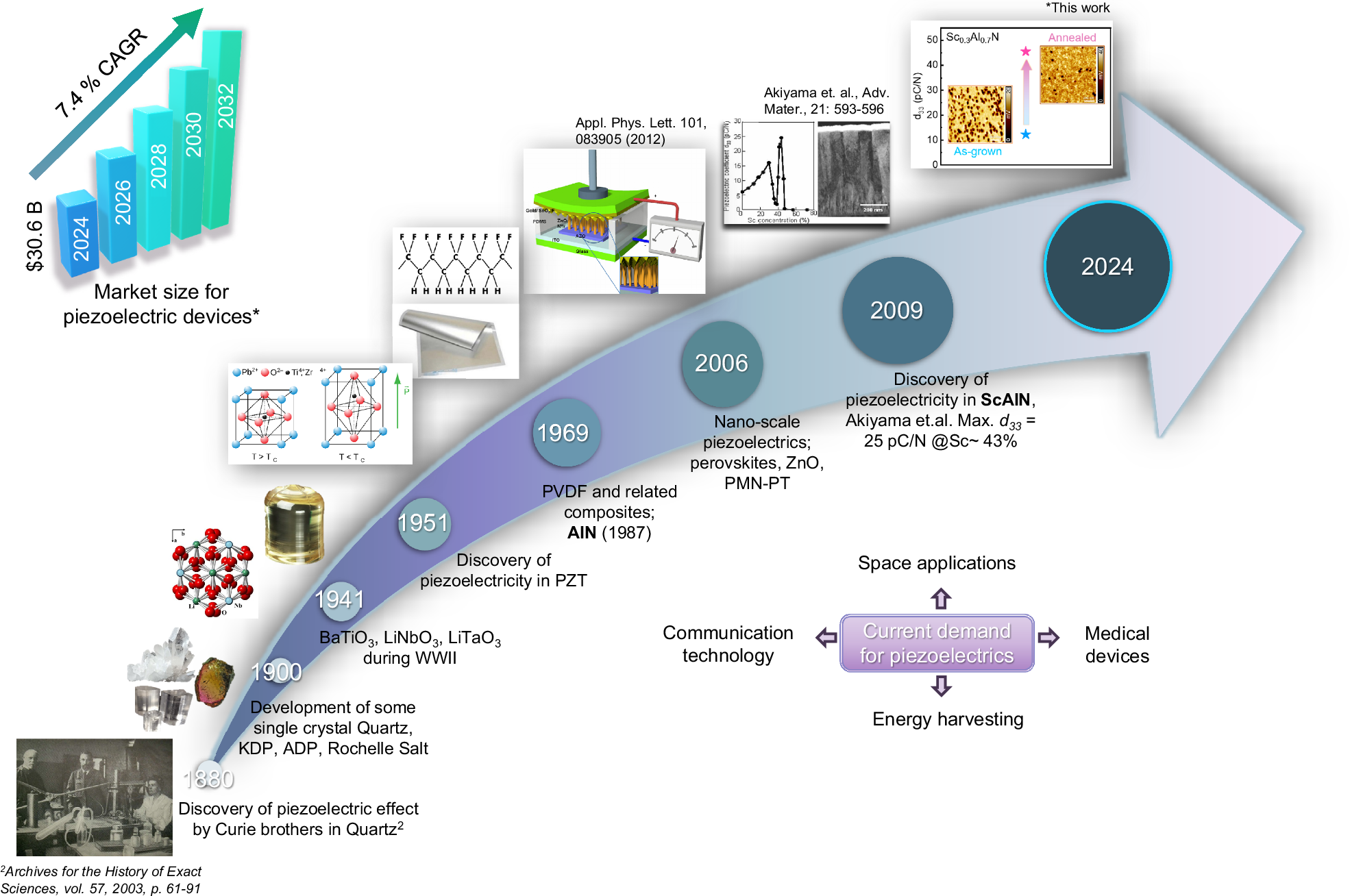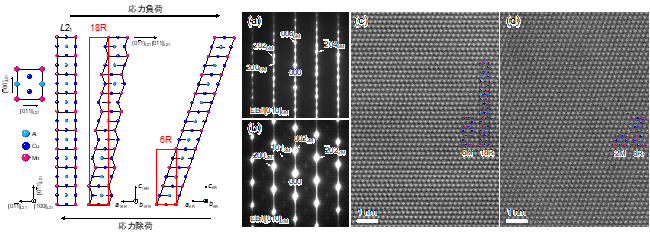2025-05-15 ジョンズ・ホプキンス大学 (JHU)
<関連情報>
- https://hub.jhu.edu/2025/05/15/pay-to-release-programs-backfiring/
- https://www.science.org/doi/10.1126/sciadv.adr1000
海洋有償リリースプログラムのランダム化比較試験における保全への影響と隠れた行動Conservation impacts and hidden actions in a randomized controlled trial of a marine pay-to-release program
Hollie Booth, Thomas Pienkowski, M Said Ramdlan, Kusuma Banda Naira, […] , and Paul J. Ferraro
Science Advances Published:23 Apr 2025
DOI:https://doi.org/10.1126/sciadv.adr1000

Abstract
Incentive payments could cost-effectively and equitably achieve biodiversity conservation goals but could also trigger unintended countervailing actions. Here, we report on a preregistered, randomized controlled trial of a pay-to-release program among small-scale, Indonesian fishing vessels for the release of two critically endangered marine taxa from fishing gear: hammerhead sharks and wedgefish. A conventional monitoring approach, which quantifies impacts based on conservation-relevant actions (i.e., numbers of live releases), implies that the program was successful: a 71 and 4% reduction in wedgefish and hammerhead shark mortality, respectively. The experimental data, however, imply that the pay-to-release program also induced some vessels to increase their catch, thereby decreasing wedgefish mortality by only 25% [confidence interval (CI): -49 to 10%] and increasing hammerhead mortality by 44% (CI: 8 to 92%). Our results do not imply that pay-to-release programs cannot work but rather demonstrate the complexity of designing incentive-based conservation programs and the importance of piloting them using experimental designs before scaling up.



